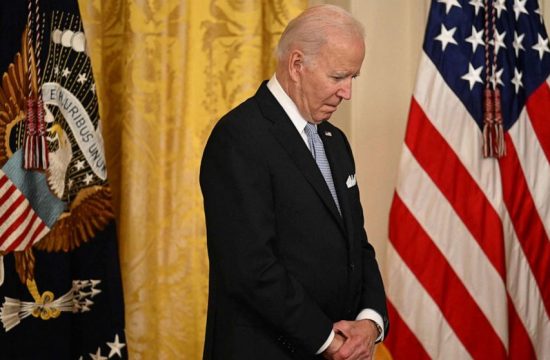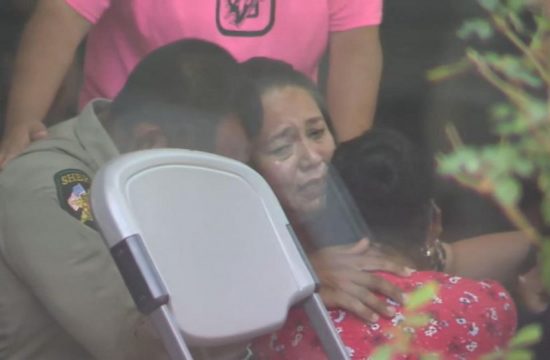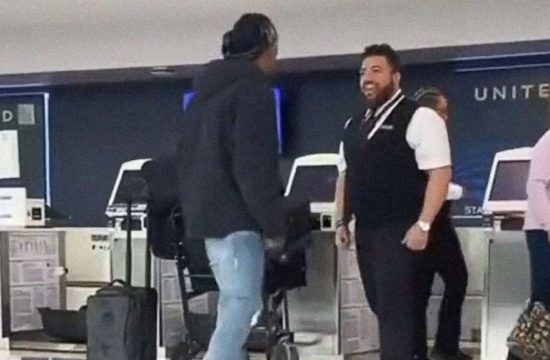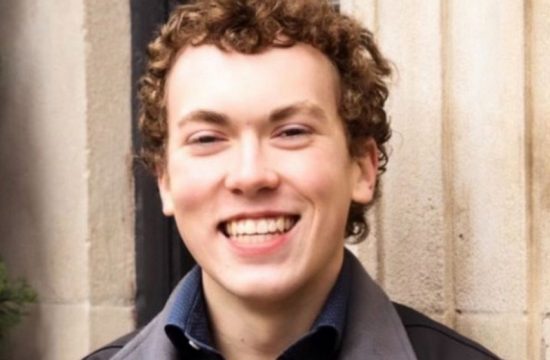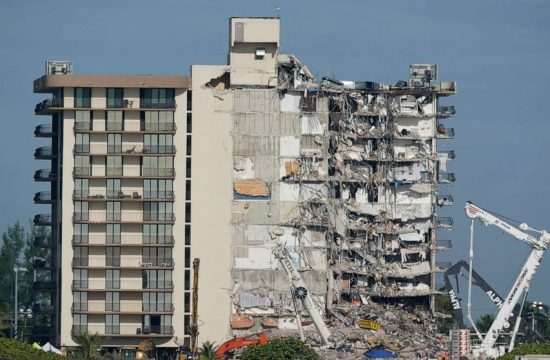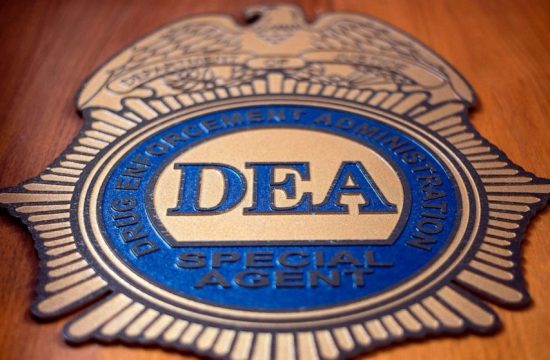The number of New York nursing home residents who died from the virus may have been undercounted by as much as 50%, according to an investigation conducted by the New York Attorney General’s office, which said that many of those patients died after being moved to the hospital and were thus not counted as nursing home deaths.
The probe, whose results were released Thursday, investigated “conduct that may have jeopardized the health and safety of residents and employees,” New York Attorney General Letitia James said in a statement that accompanied the 76-page report.
The investigation also determined that a directive from New York Gov. Andrew Cuomo based on guidance from the state Department of Health to admit COVID-19 patients into nursing homes in the early days of the pandemic “may have put residents at increased risk of harm,” according to the report.
In March, as cases surged, Cuomo issued an order that required nursing homes to accept COVID-19 patients being discharged from hospitals, as long as they were “medically stable,” in order to help free up hospital beds for the sickest patients. Under the policy, nursing homes receiving the patients were barred from testing the patients to see if they might still be contagious.
After facing criticism from nursing home advocates, the governor in May amended the March order, prohibiting hospitals from discharging patients to nursing homes unless they tested negative for COVID-19.
A preliminary analysis of the data also suggested that many nursing home residents died from COVID-19 in the hospital after being transferred from their nursing homes, the report said, which resulted in their deaths being reported as hospital deaths.
In addition, investigators asked 62 nursing homes for information about on-site and in-hospital deaths from COVID-19 beginning the week of March 1, and found significant discrepancies between those figures and the numbers reported to the DOH. In one instance, according to the report, a facility reported to the DOH that on-site fatalities totaled five confirmed COVID-19 deaths and six presumed COVID-19 deaths, but told the AG’s office there were actually 27 deaths at the facility and 13 hospital deaths — a discrepancy of 29 deaths.
Altogether, the number of New York nursing home residents who died from the virus may have been up to 50% higher than the numbers reported by the New York State Department of Health, said the report.
According to the Health Department’s latest data, there were 8,671 reported COVID-19 deaths in long-term care facilities as of Jan.18.
In a statement released by Gov. Cuomo’s office, New York Health Commissioner Howard Zucker criticized the report’s conclusion that the number of nursing home deaths was “undercounted.”
“The word ‘undercount’ implies there are more total fatalities than have been reported; this is factually wrong,” said the statement. “In fact, the OAG report itself repudiates the suggestion that there was any ‘undercount’ of the total death number.”
Zucker said that because the AG’s report refers to the count of people who were in nursing homes but transferred to hospitals and later died, it does not change the total count of deaths. Audited DOH data from March 1 through Jan. 19 showed 9,786 confirmed fatalities associated with skilled nursing facility residents, including 5,957 fatalities within nursing facilities and 3,829 within a hospital, the governor’s office said.
“There is no satisfaction in pointing out inaccuracies; every death to this terrible disease is tragic,” Zucker added. “We will review the remainder of the recommendations as we continue to fight with every resource and asset to protect all New Yorkers from the scourge of COVID.”
The AG report also criticized nursing homes’ implementation of some of the guidance offered by the Centers for Disease Control and the state Department of Health, saying that might have led to an increased risk of fatalities in some facilities.
It’s not the first time long-term care facilities in New York were found to have failed to comply with basic infection control policies; in September, health inspectors looking at 77 New York nursing homes found safety shortcomings that included basic infection-control violations like failing to have staff wear masks or wash their hands, according to records and state officials.
Inspectors also found examples of unmonitored residents at another half-dozen nursing homes, as well as residents not wearing masks and sitting too close to other patients, according to the report.
The AG report also found what it called “insufficient” COVID-19 testing for residents and staff members in the early stages of the pandemic, which it said put residents at increased risk at some facilities.
In response to the report, Richard Mollot, executive director of the Long Term Care Community Coalition, told ABC News that much of the damage could have been prevented.
“From early on, it became clear that much of the harm inflicted on residents was avoidable, and the result of longstanding failures to hold nursing homes accountable for providing sufficient care staff and carrying out basic infection control protocols,” said Mollot. “Nowhere has this been more acute than in New York, which has a long and regrettable history of paying for substandard nursing home care.”
However, Jim Clyne, president and CEO of the elder advocacy group LeadingAge New York, blasted the report for criticizing nursing homes while ignoring the culpability of state government.
“The report fails to highlight the lack of government support for COVID testing and PPE acquisition at nursing homes and assisted living providers,” said Clyne. “It completely misses the mark on the role asymptomatic residents, staff and visitors had on the spread of infection prior to the lockdown of nursing homes in mid-March. And it fails to note that New York cut funding for nursing homes in the April while the pandemic was in full swing.”
“We can only hope that this report will serve as a wake-up call to our state leaders that New York’s seniors and their families deserve better,” said Mollot.



